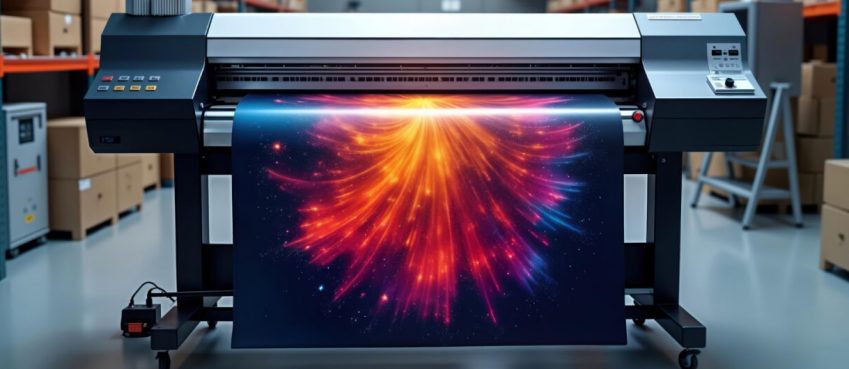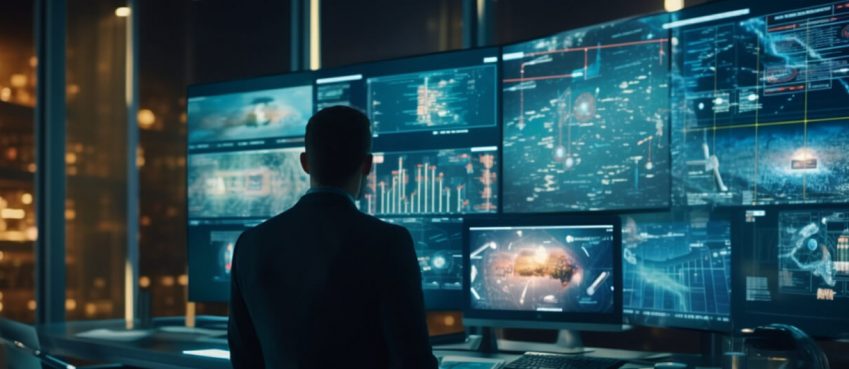
Camera’s viewfinder that comes with electronic eyepiece technology are kind of popular these days.
Electronic viewfinder works differently than optical viewfinder.
Generally, mirrorless cameras indulge this technology, meaning, if you’re buying the best mirrorless cameras for photography you would probably leverage an electronic viewfinder to take a shot.
So, what exactly is this technology and how does it work while taking photographs?
Let’s get into the details!
What Is An Electronic Viewfinder?
Electronic Viewfinder or otherwise known as EVF in short is a viewfinder’s feature that is only available in mirrorless cameras that allow a photographer to look through and see the image which is about to take, on an LCD screen, digitally.
An electronic viewfinder works in this way; a light enters in the lens and hits the sensor (directly) which rapidly records data in real time and prompts a preview on your viewfinder or LCD screen.
Features of EVF:
- Record and show data in real-time.
- EVF lets you see the live preview of the image.
- It lets you shoot the scene quickly without any wait.
- See depth of field, exposure preview, and focus distance.
What Is The Purpose Of An Electronic Viewfinder In Camera?
As I said before, a viewfinder is a significant part of a camera. Its purpose is to act as an eyepiece on a camera and give a perspective on the scene to permit the picture taker to see what’s being shot.
An EVF also provides relative details on the camera’s viewfinder or LCD screen about the depth of field, exposure level, focus distance, and more.
All these details can help a photographer to take a better picture with the best settings possible.
How Does Electronic Viewfinder Used When Taking Photographs?
An electronic viewfinder doesn’t incorporate a mirror or periscope system to produce an image in the camera’s viewfinder.
Instead, light hits the camera sensor with no interference of any object and the scene shows in the LCD screen instantly.

- Light enters through the photographic lens and hits the sensor.
- The camera sensor reads the image data in real-time and shows it on the viewfinder.
- Upon pressing the shutter button, it captures the image instantly.
Since the light hits the sensor directly and shows them on the LCD screen, photographers can take fast-motion pictures quickly and effectively.
Be it a field of sports, gaming, or travelling, cameras with EVF technology let you shoot fast and good quality images.
Best Cameras For Photography With Electronic Viewfinder
To end this blog, I’ve scraped some of the year’s best cameras for photography that come with EVF technology.
Sony A6000

Type: Mirrorless
Sensor: CMOS APS-C
Megapixel: 24 MP
Max burst speed: 11 FPS raw continuous shooting
Max video resolution: 1080p up to 60fps
Sony A6000 is a decent mirrorless camera that comes with a 3 inch tilting LCD with 921K dots. It has a 0.39 in type electronic viewfinder which performs average.
Fujifilm X-T30

Type: Mirrorless
Sensor: CMOS
Megapixel: 26.1 MP
Max burst speed: 30 FPS raw continuous shooting
Max video resolution: 4K (both DCI and UHD)
Categorised as a high-end mirrorless camera, it is used for professional shooting jobs. The built quality and the button placement is impressive. This is the best polaroid camera you can think of buying.
Olympus OM-D E-M10 Mark IV

Type: Mirrorless
Sensor: Live MOS
Megapixel: 20 MP
Max burst speed: 8 FPS continuous shooting
Max video resolution: 4K UHD
The mark IV series from Olympus is an entry-level camera that holds up pretty positive reviews in terms of photography. If you’re anyone that travels on weekdays or posts on social media, this lightweight camera is your go-to-charm.
In conclusion, Mirrorless cameras are easy to operate and easy to learn. The learning curves are equal to none and non-professional people can use them without doing much math.
The only drawback you will notice in mirrorless cameras is that they offer less battery life. It is because, EVF system takes use of the sensor on a continuous basis and hence consumes battery simultaneously when in use.
Overall, mirrorless cameras are good compared to DSLR cameras. That’s all in this blog.
Top 10 News
-
01
Top 10 Deep Learning Multimodal Models & Their Uses
Tuesday August 12, 2025
-
02
10 Google AI Mode Facts That Every SEOs Should Know (And Wha...
Friday July 4, 2025
-
03
Top 10 visionOS 26 Features & Announcement (With Video)
Thursday June 12, 2025
-
04
Top 10 Veo 3 AI Video Generators in 2025 (Compared & Te...
Tuesday June 10, 2025
-
05
Top 10 AI GPUs That Can Increase Work Productivity By 30% (W...
Wednesday May 28, 2025
-
06
[10 BEST] AI Influencer Generator Apps Trending Right Now
Monday March 17, 2025
-
07
The 10 Best Companies Providing Electric Fencing For Busines...
Tuesday March 11, 2025
-
08
Top 10 Social Security Fairness Act Benefits In 2025
Wednesday March 5, 2025
-
09
Top 10 AI Infrastructure Companies In The World
Tuesday February 11, 2025
-
10
What Are Top 10 Blood Thinners To Minimize Heart Disease?
Wednesday January 22, 2025







